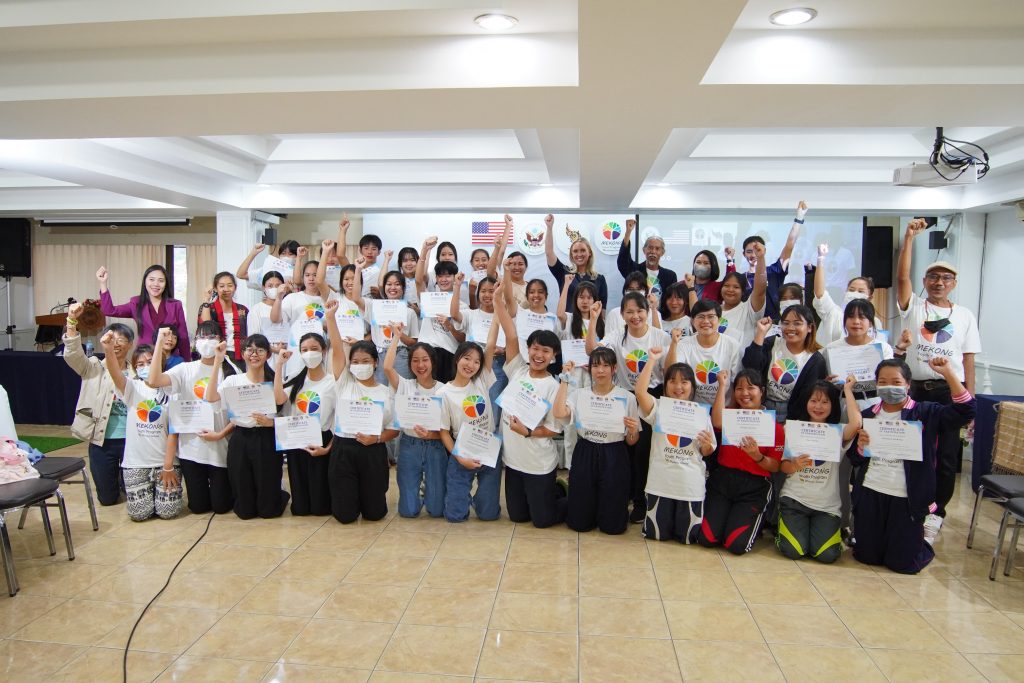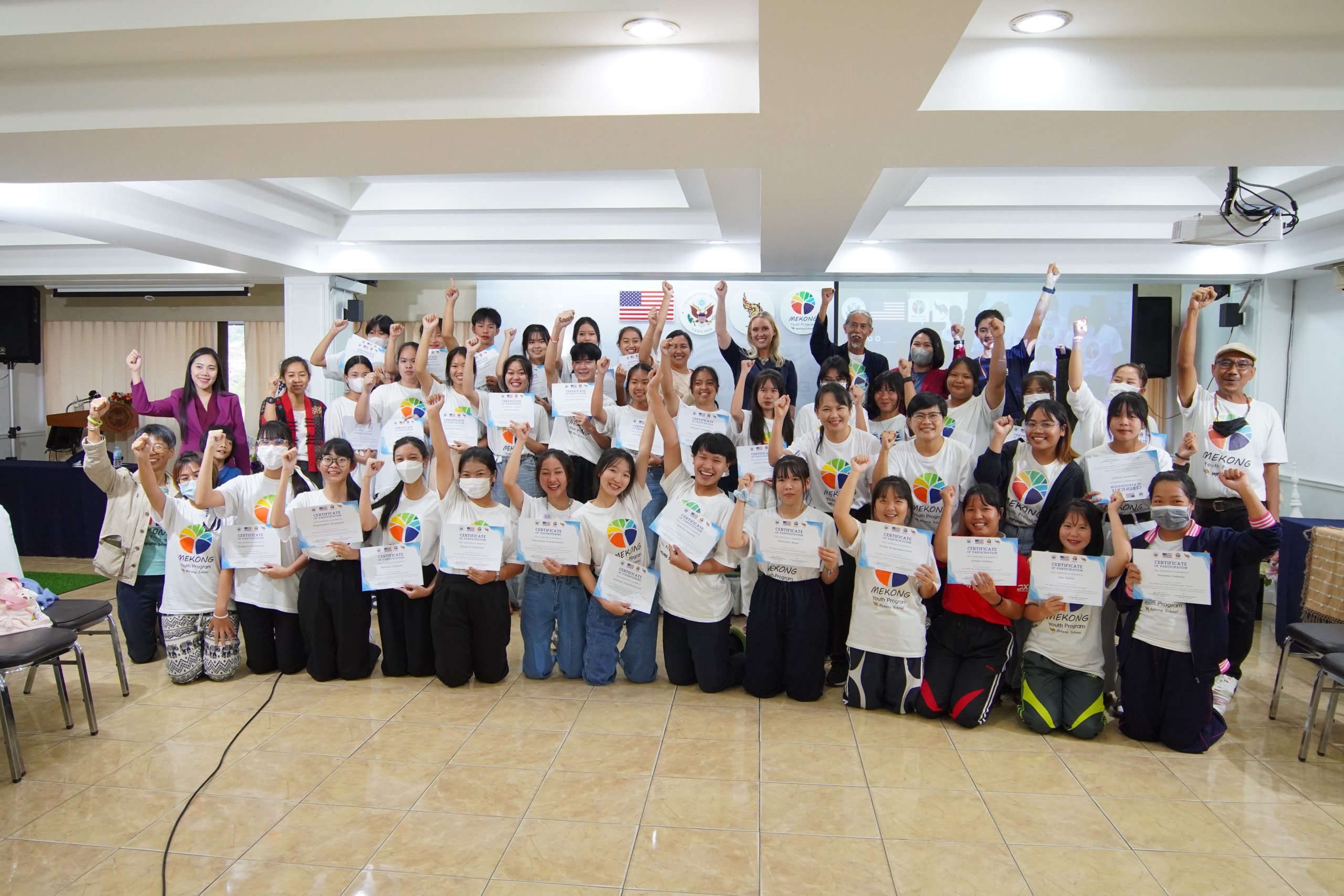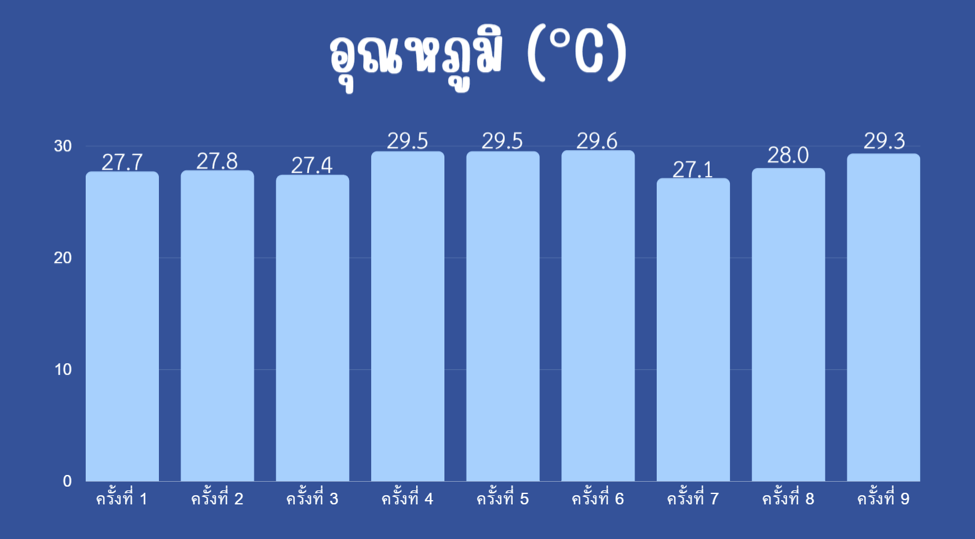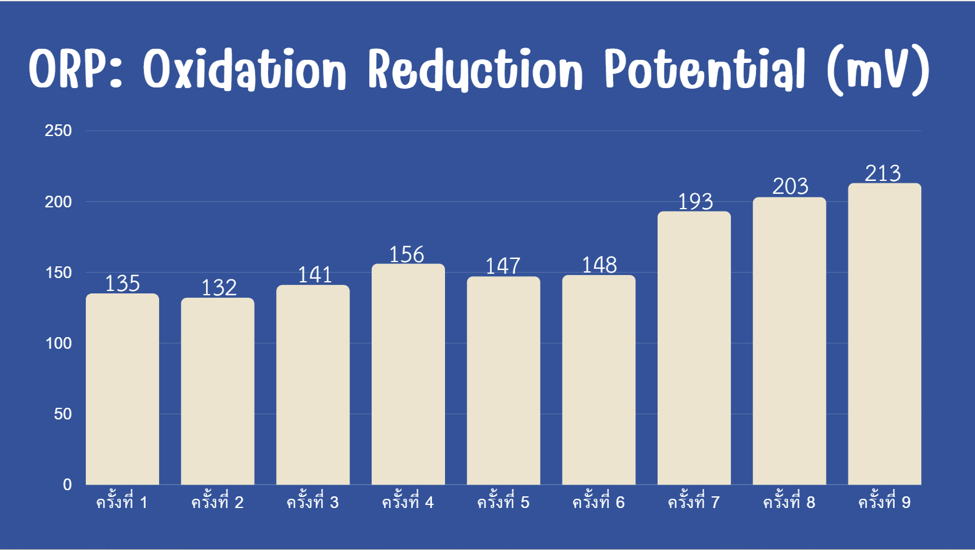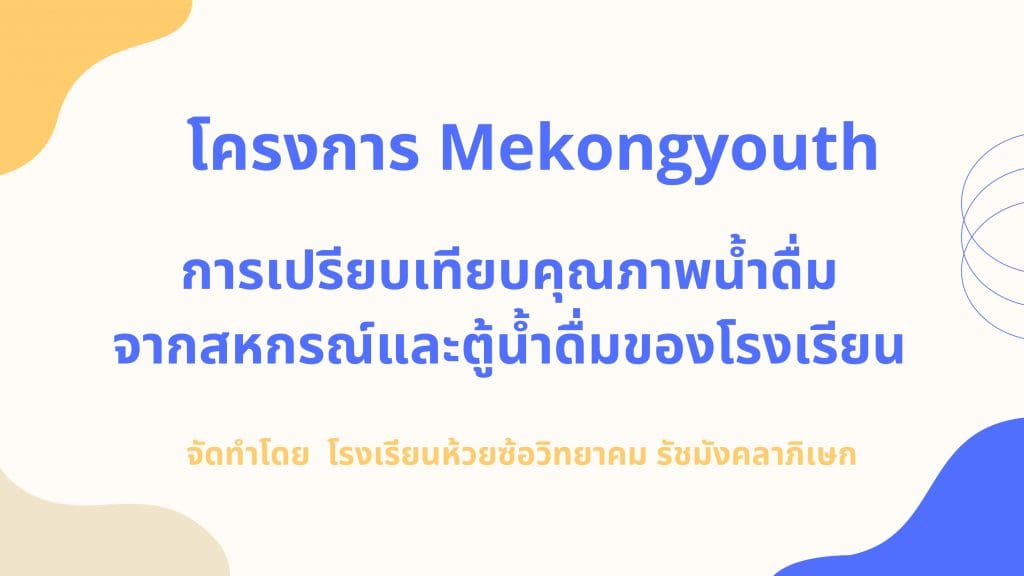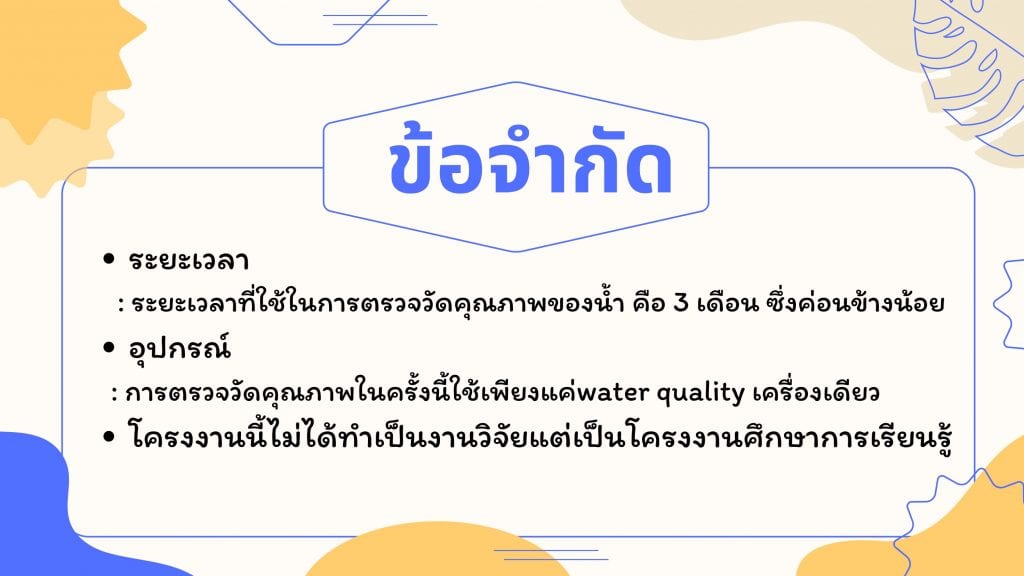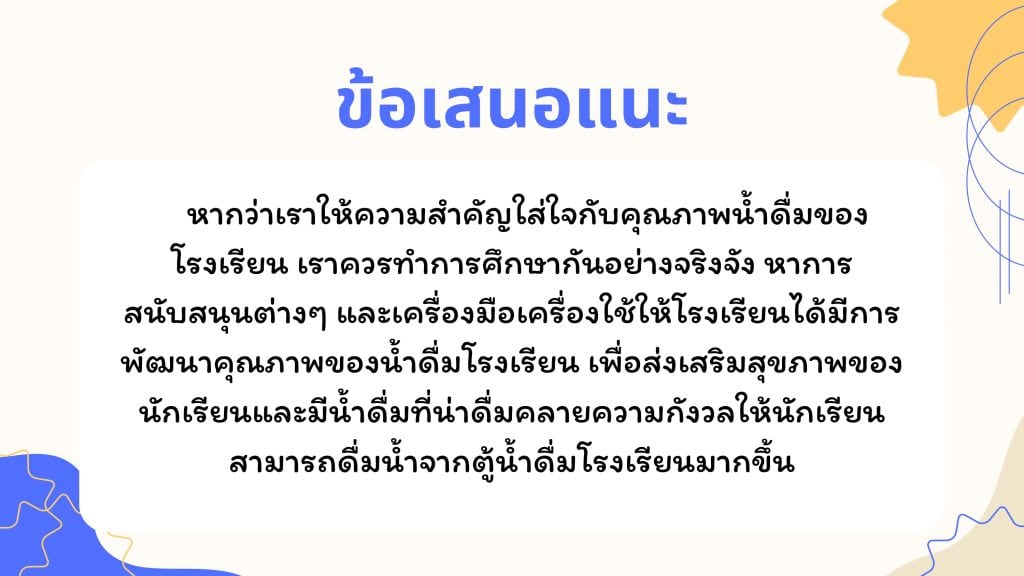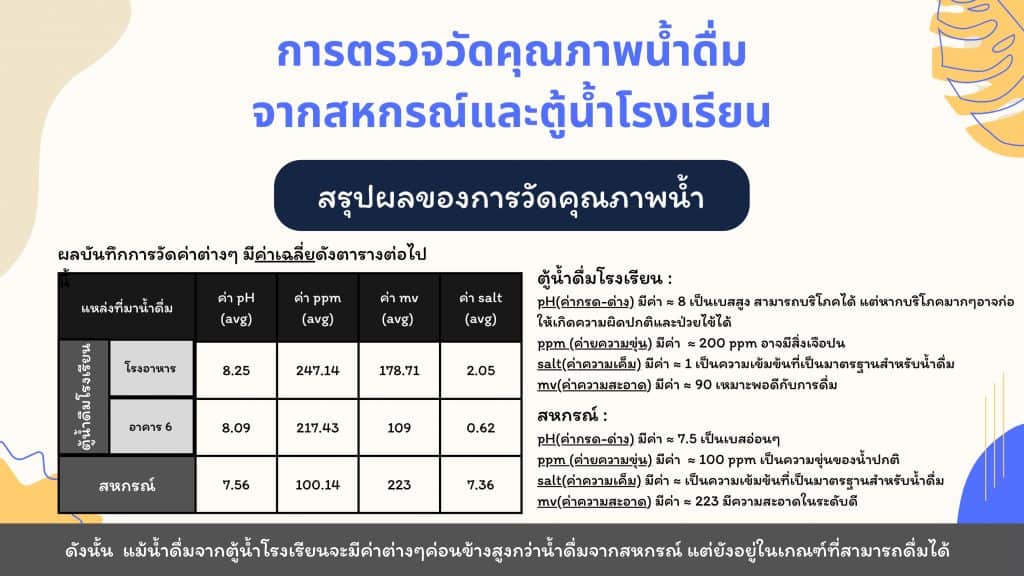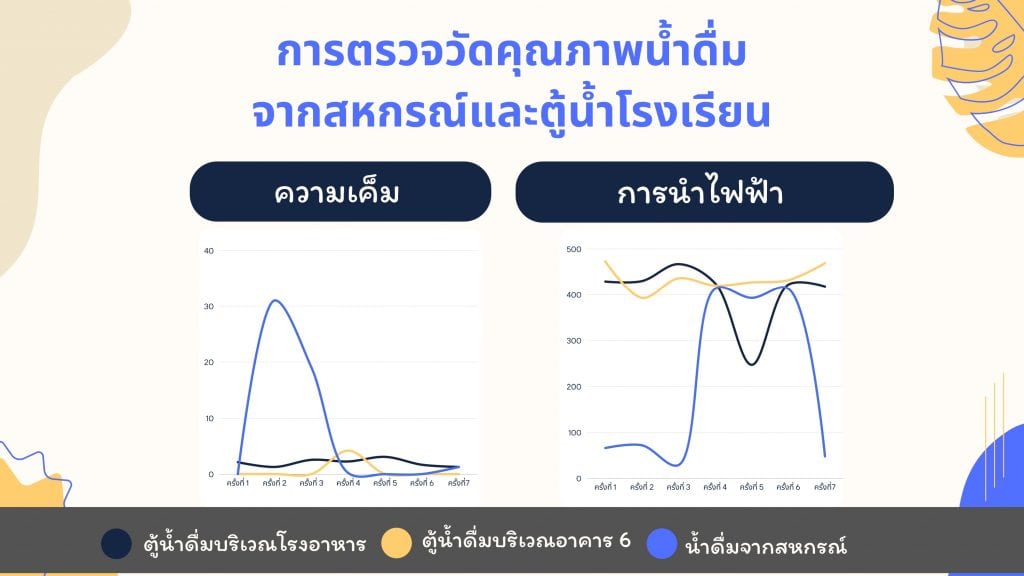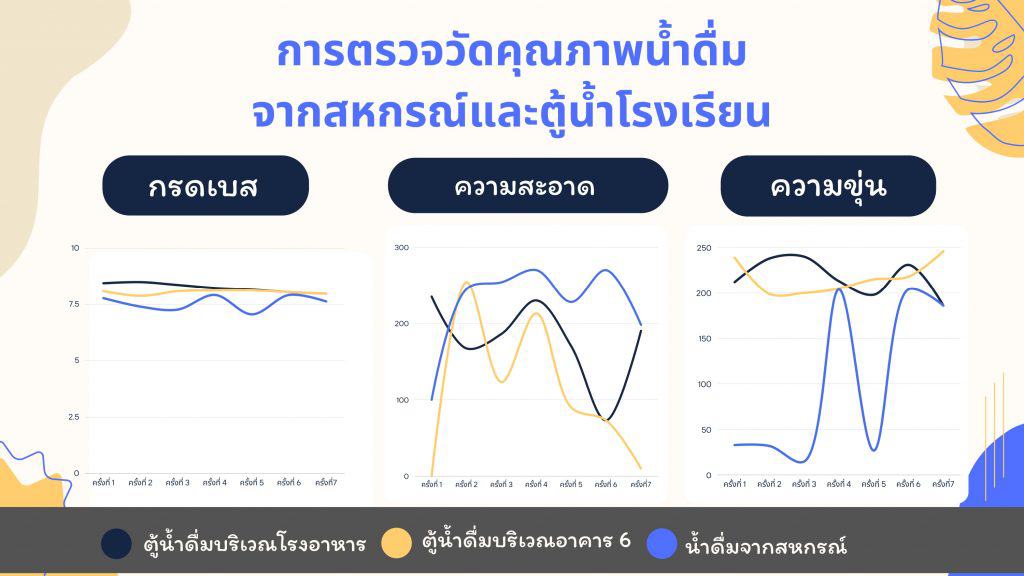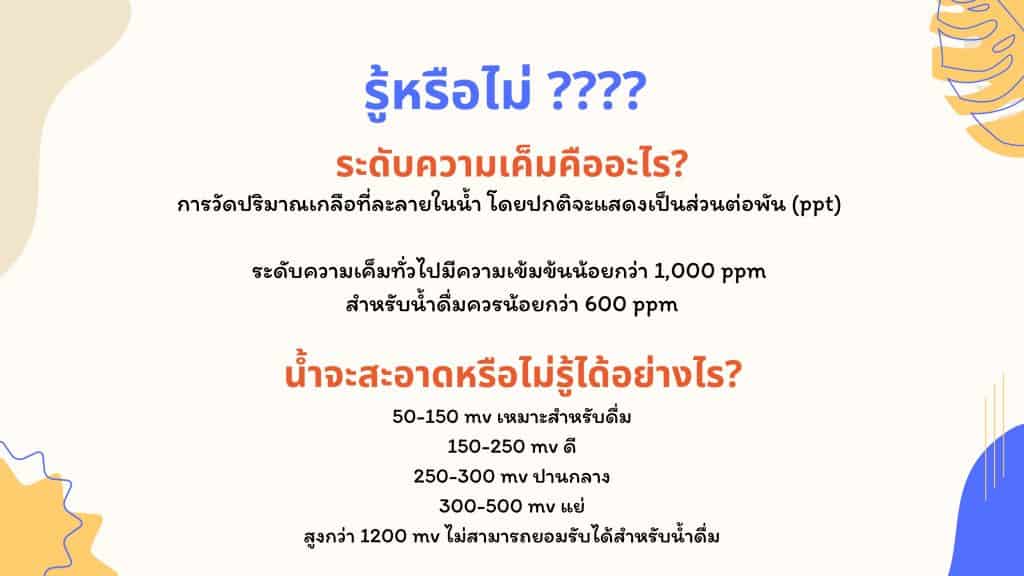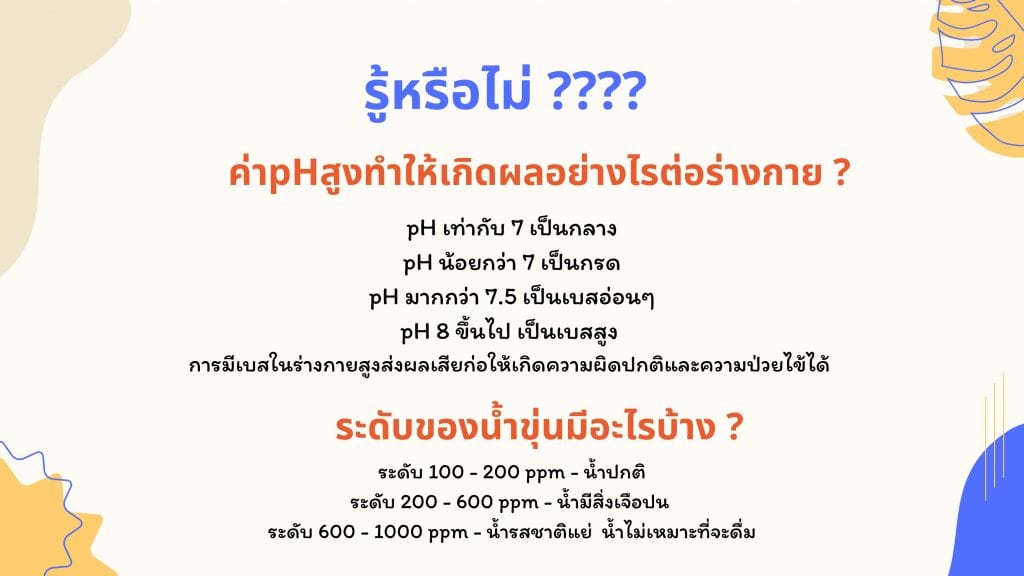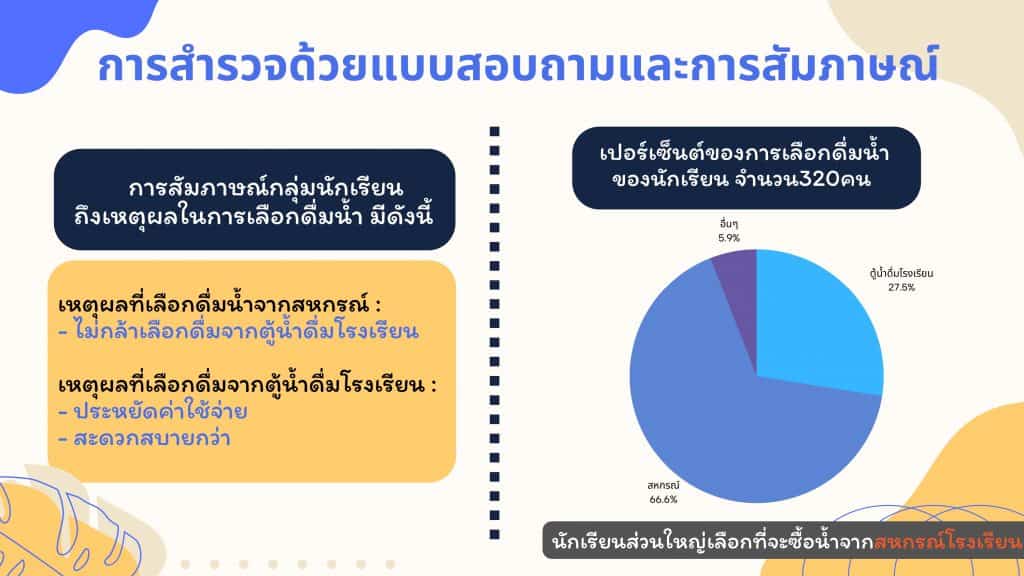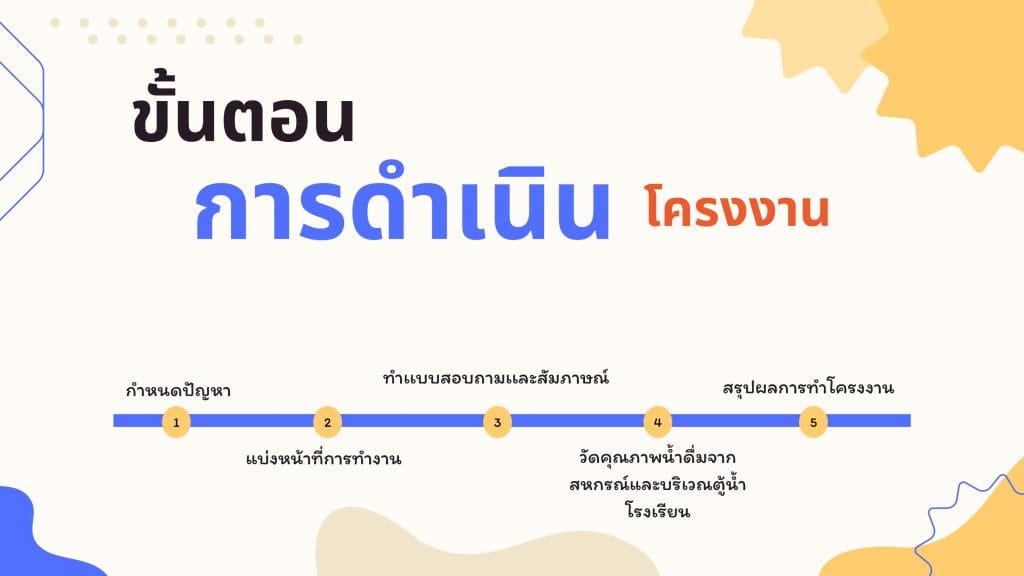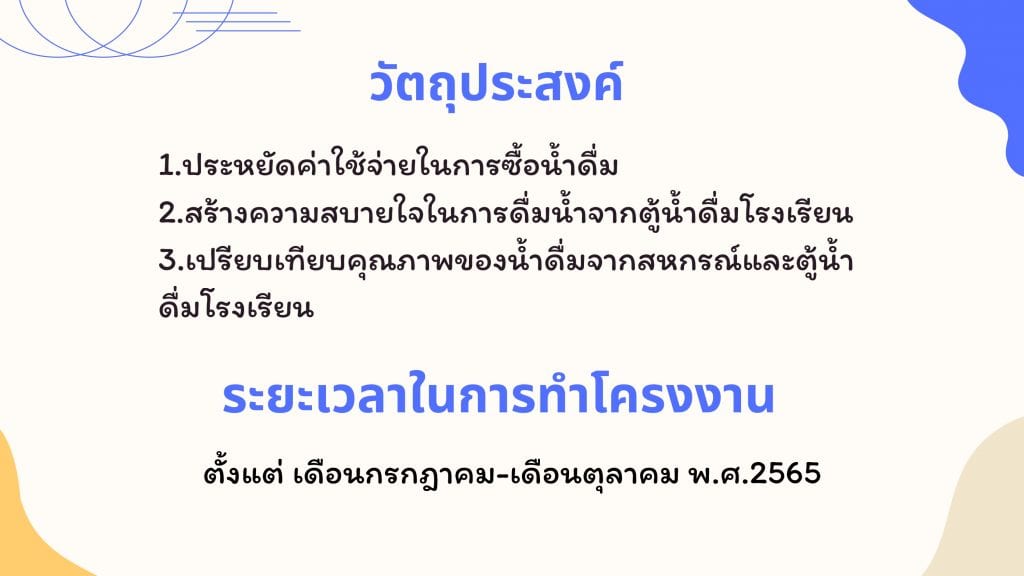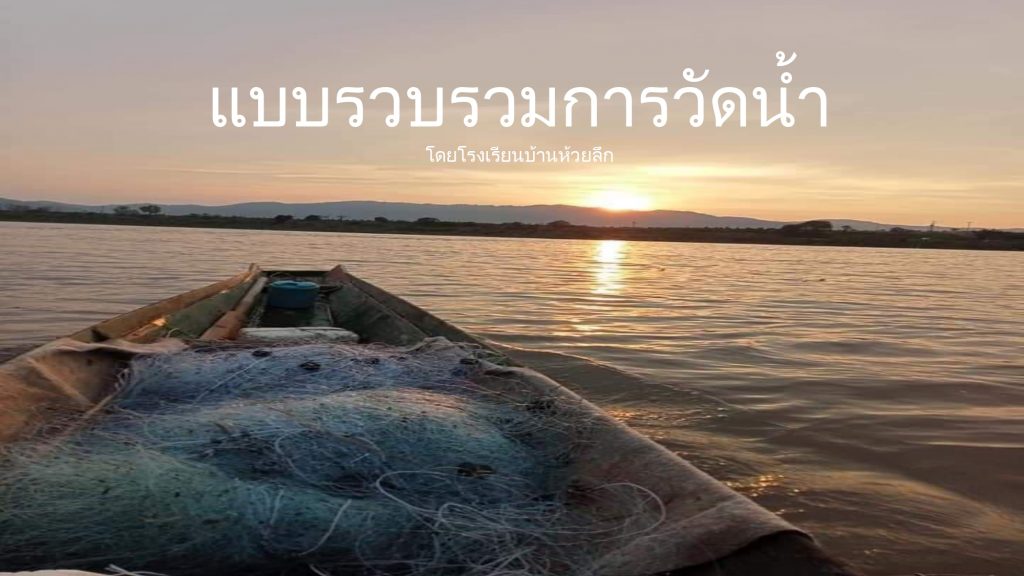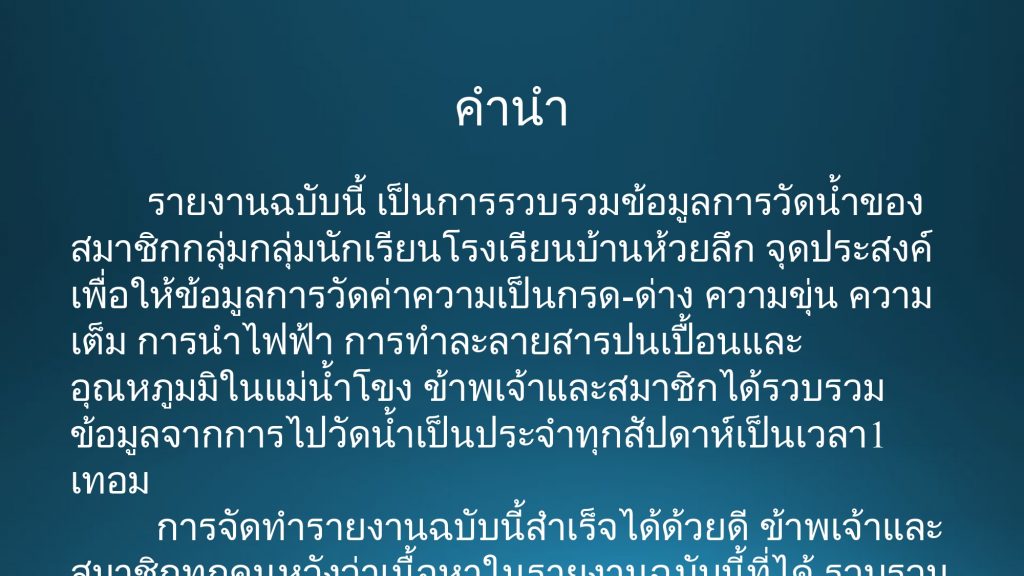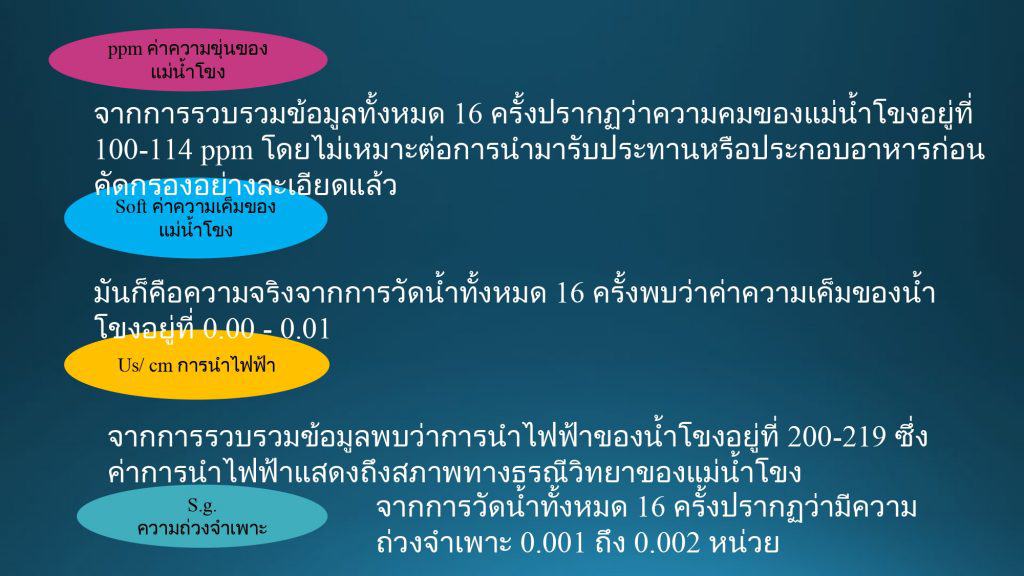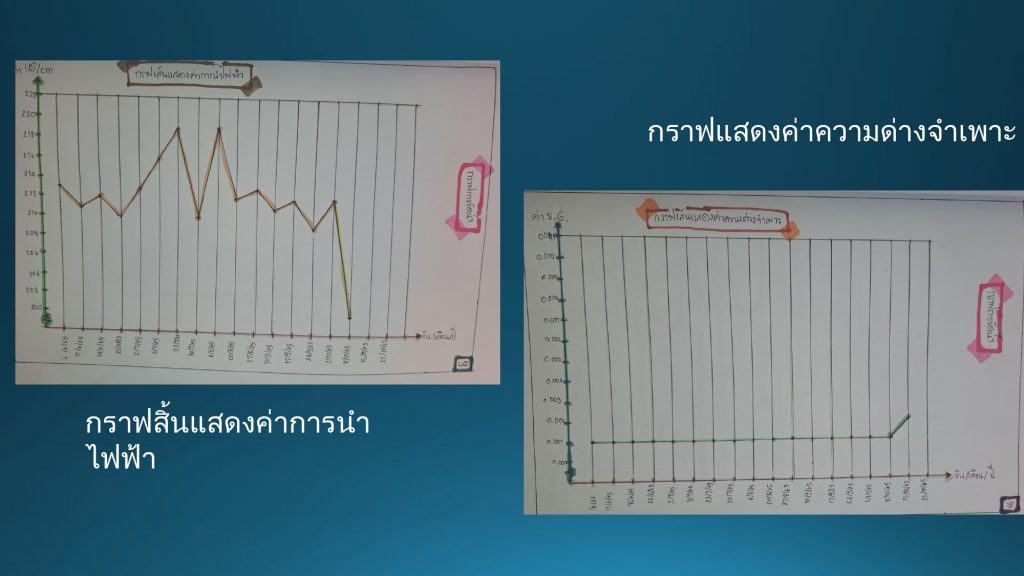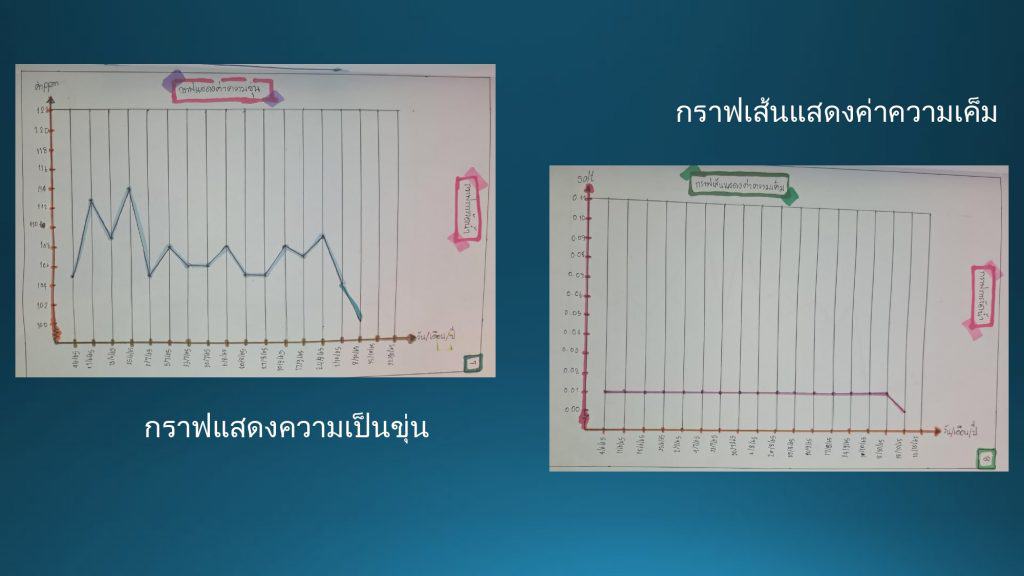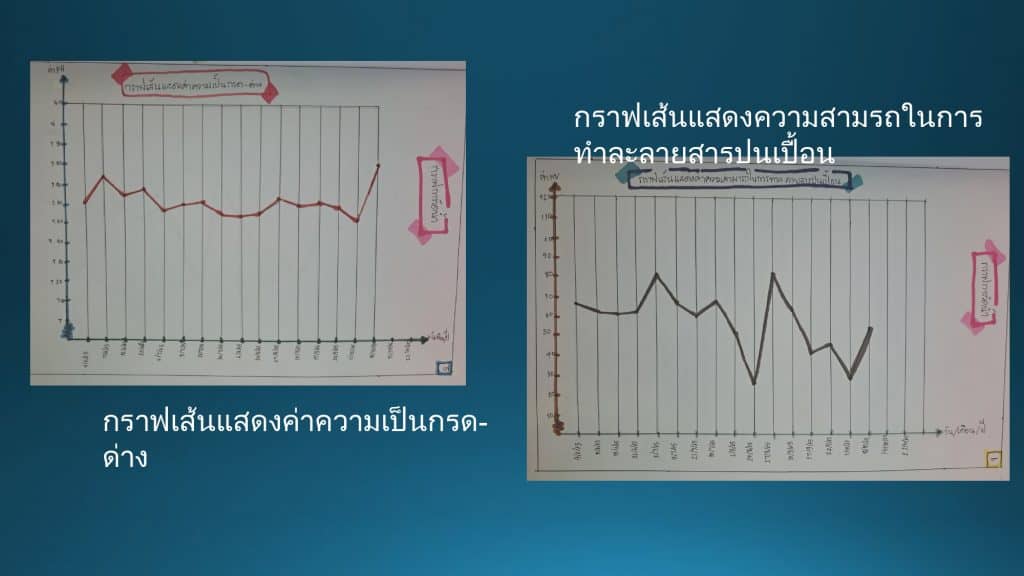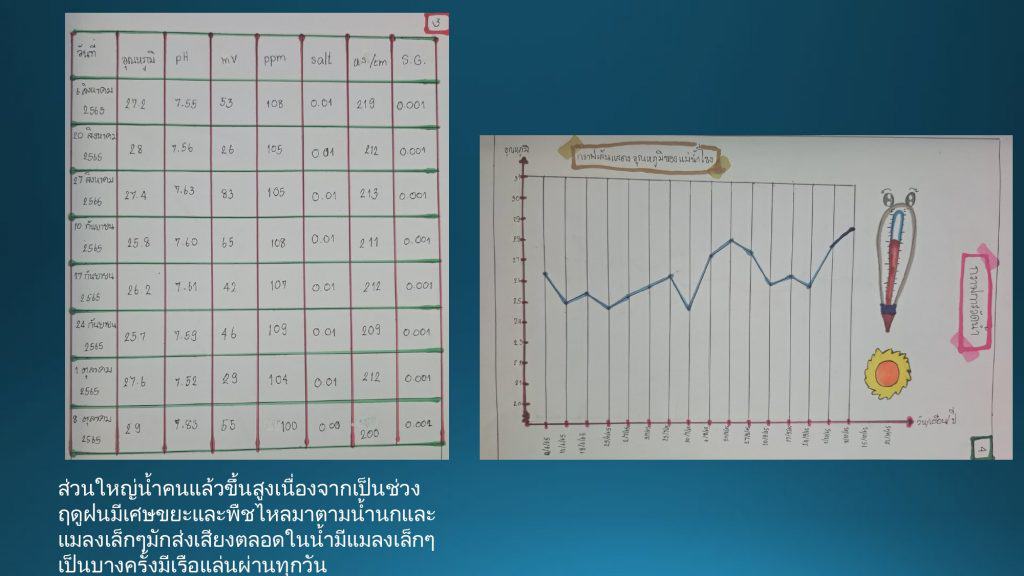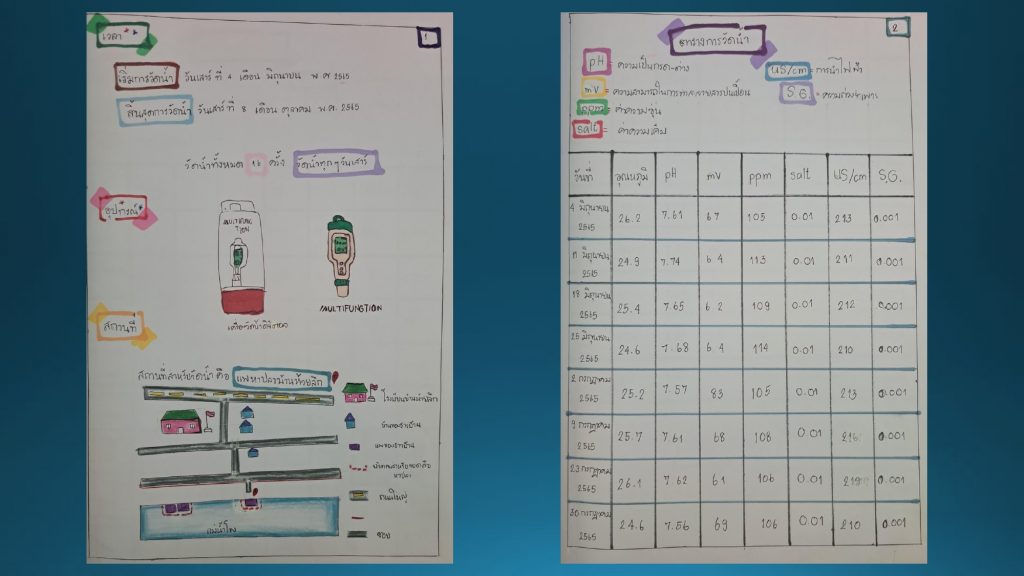Chiang Rai Mekong Youth “Project-Based Learning” Presentations and Award Ceremony at Nam Khong Riverside Hotel, Chiang Khong
Activity Date: 26th October, 2022
On the 26th of October, secondary school student participants from four schools in our working area came together at the Nam Khong Riverside hotel to showcase the results of the year-long Mekong Youth program. In total there were 56 participants, comprising of:
- Ten students from Chiang Khong Wittayakhom School
- Ten students from Ban Saeo Wittayakhom School
- Eight students from Huai So Rajamangalaphisek Wittayakhom School
- Ten students from Ban Huai Luek School
- Six teachers who are project advisors from each school
- Three directors from Chiang Khong Wittyakhom, Ban Saeo Wittayakhom, and Huai So Rajamangalaphisek Wittayakhom
- Two representatives from the U.S. Embassy
- Seven from The Mekong School Team.
In the morning, after brief remarks from the Mekong School for Local Knowledge Director Khru Tee (Mr. Niwat RoyKaew), Program Coordinator Mr. Nopparat Lamun, and Activities Coordinator Ms. Panicha Panklang, the students presented the draft findings of their project-based learning activities.

Group One: Baan Saeo Wittyakhom "Puut Saao Mae Nam Khong"
The Baan Saeo Group presented first. The students created a soap-opera style video media project called “The Mekong River Fairy: A Short Film” (Nang San Puut Saao Mae Nam Khong) that concerns agricultural runoff and the effect it has on the river since they were concerned that the local agricultural practices were harming the quality of their municipal water supply.
They tested the quality of the water on a range of chemical water quality indicators – including nitrates, phosphates, potassium, dissolved oxygen, and ammonia chemical panels in addition to the standard panel of temperature, pH, Oxidation/Reduction potential, total dissolved solids, specific gravity, salinity, and electrical conductivity. They compared the test results from two locations in their village and presented their findings in the video in a creative fashion.
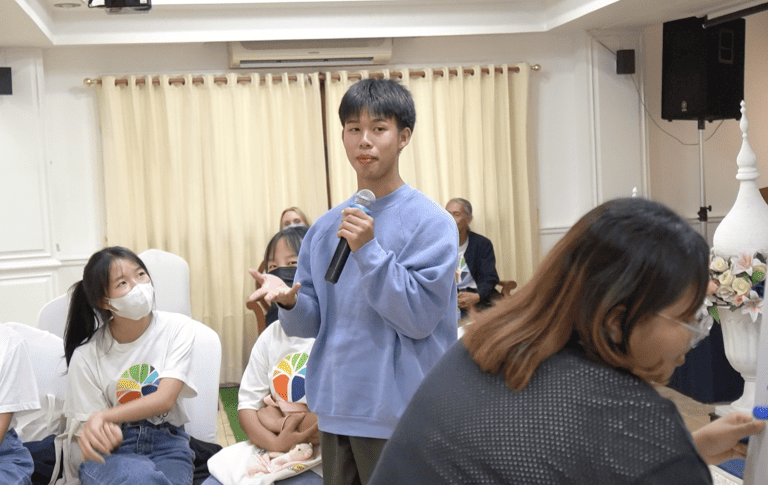
Group Two: Chiang Khong Wittyakhom 'Suea Ta Fire'
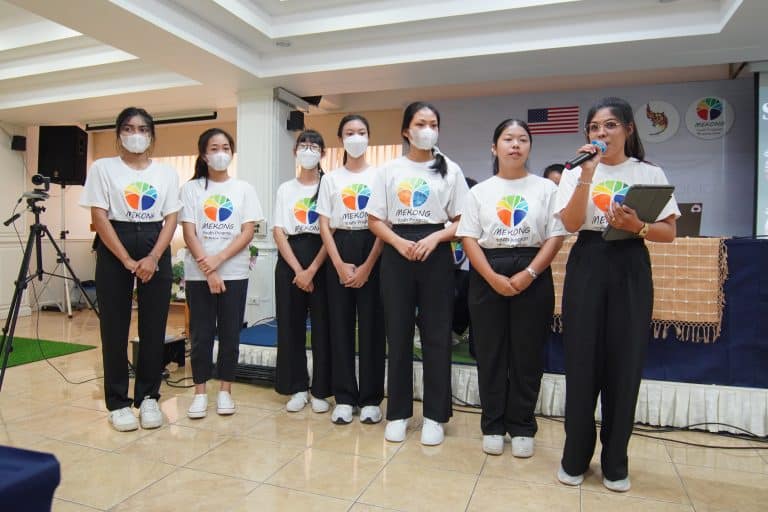
Then, the Chiang Khong Wittyakhom students presented their media projects. They named their group ‘The Fire Eyed Tigers’ (Suea Ta Fire), after a local way of calling a person whose job it is to look out at the river from the trees on the riverbank in order to watch for Mekong giant catfish (Pla Buek) swimming up the river. Therefore, they said that they would like their group to see and know the causes of issues that are arising with changes in the Mekong River.
They created three shorter clips, including an introduction video, a video concerned with plastics and people’s recreational uses of the river, and the final video was a social-science styled documentary on the ways that local people’s livelihoods are changing as a result of the changing situation in the Mekong River. The focus of the project generally was on the ways in which local people’s lives are affected by the changes in the river’s ecosystem. They also tested the water in the Mekong River using the basic panel of tests at the Baan Don Maha Wan Chiang Khong city nine times over the course of four months and presented their findings accordingly.
After their presentation, their teachers who are consultants on the Mekong Youth Program gave some brief words, stating that they were grateful that the project has provided students the opportunity to do activities, because this kind of learning is really meaningful, and it is learning that can be applied in real life.

Group Three: Huay So Wittyakhom Rajamangalaphisek - Comparing the Tap Water with Bottled Drinking Water at School
Next, the Huai So Rajamangalaphisek Wittayakhom School students presented their findings. Rather than testing the water from the river, they decided to test the free drinking water at their school, since many students had concerns that it was not safe to drink and as a result, they were having to spend money to purchase water from the school’s canteen. They found that while the water at the school is safe to drink, it has a higher than normal pH value which could potentially have adverse health effects for students that drink it reguarly. They also surveyed students to see what percentage of the student body trusted the free drinking water and produced a short documentary clip of the interviews that they collected in that process.
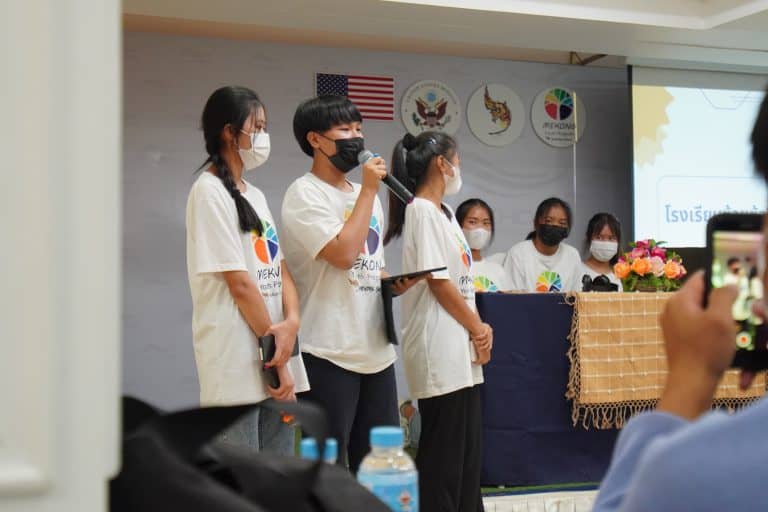
After the students presented their findings, the school’s director gave some words to congratulate the students on their hard work and gave some details about the water system of the school. He explained that the ground water in this area is high in fluoride which makes it difficult to drill a well that has good water for drinking.
They have drilled three different wells since the founding of the school and all of them have had a similar problem. There is a team of teachers responsible for testing the water on a regular basis. He said that going forward, they will establish a process for monitoring the cleanliness of the dispenser and cleaning it more frequently.
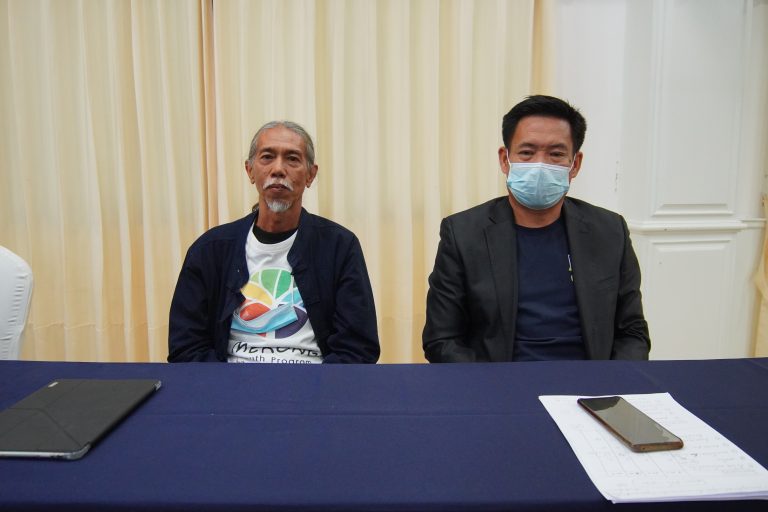
Group Four: Huay Luek School - Matchawaree Pan Fire
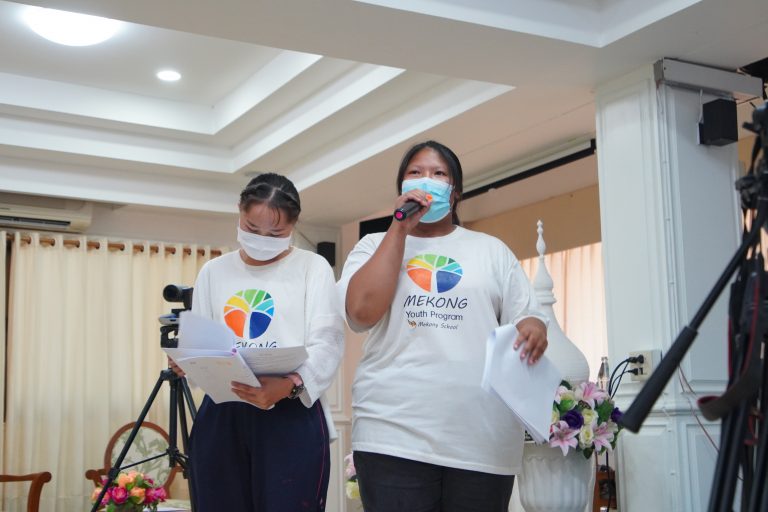
The Huay Luek Students presented last. Their project was named ‘Matchawaree Pan Fire’ or “Fire-Breathing Mermaids”. Matchawaree is the name of a mermaid in Northern Thai and Lao legends that represents the free-flowing nature of the river, and the fire-breathing part comes from the launching of fire boats and fireworks, which is a Lao tradition that their village celebrates every year in October.
Previously, their village was home to a large fleet of fishermen but since the construction of dams in the upper Mekong and especially in the last three or four years, the fish populations have been dropping and the fishermen have largely taken up other occupations.
Therefore, they decided to focus their project on the types of fish that the remaining fishermen are still able to catch, and they created a hologram media presentation as well as a documentary-style media project out of the photos they collected. They also tested the water quality on the basic panel 16 times on a weekly basis over the course of the four-month-long project period.
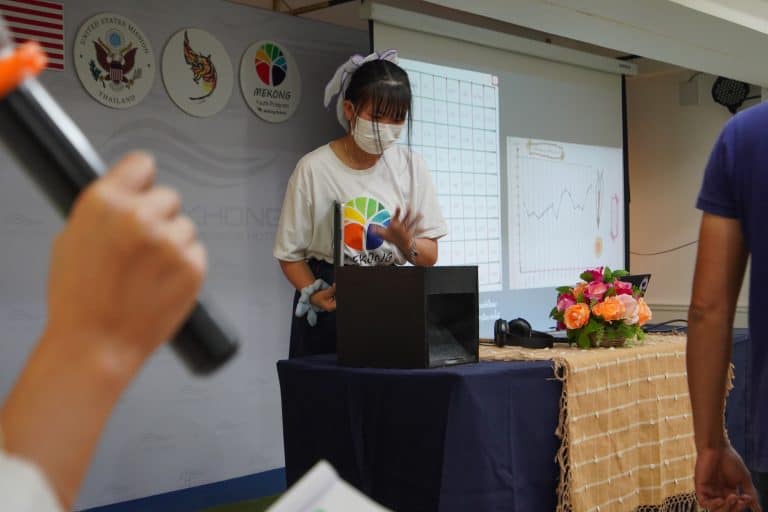
After the presentations were finished, Dr. Pensri (Elle) Kyes, Research Scientist with the Center for Global Field Study, from the University of Washington who had watched the student’s presentations online offered a few words of advice to the students and congratulated them on a job well done. Ms. Kanchalee (Kelly) Jitjang, Senior Cultural Specialist from the Media and Culture section of the US Embassy also spoke on the successes of the students and the bright prospects she sees for the future of the Mekong Youth Program.
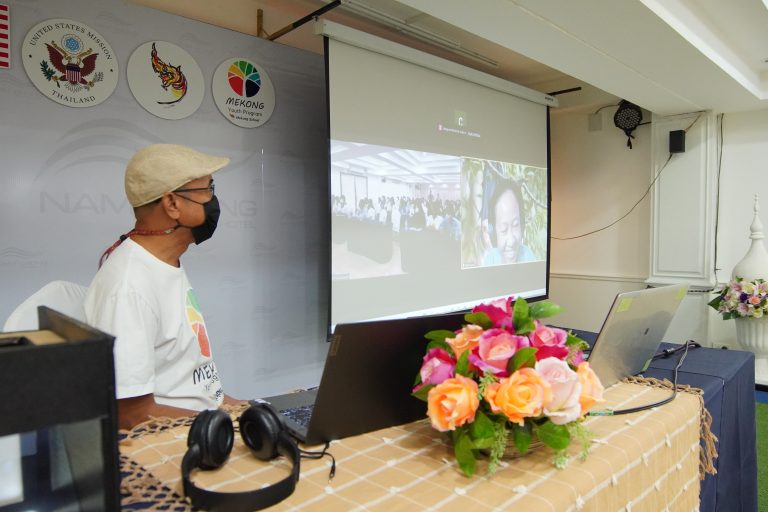
After lunch, the students had a brief check-in games and dancing activity led by the Baan Saeo students. Then, in a ceremony led by Miss. Malee Prattanaprasitporn, they received awards from Khru Tee and Mrs. Lydia Barrazza, the Assistant Secretary of the Cultural Attaché from the US Embassy to recognize the students’ achievements and completion of the first year of the Mekong Youth Program. Mrs. Barrazza closed the day with some words of congratulations, encouragement, and appreciation of the student’s hard work.
